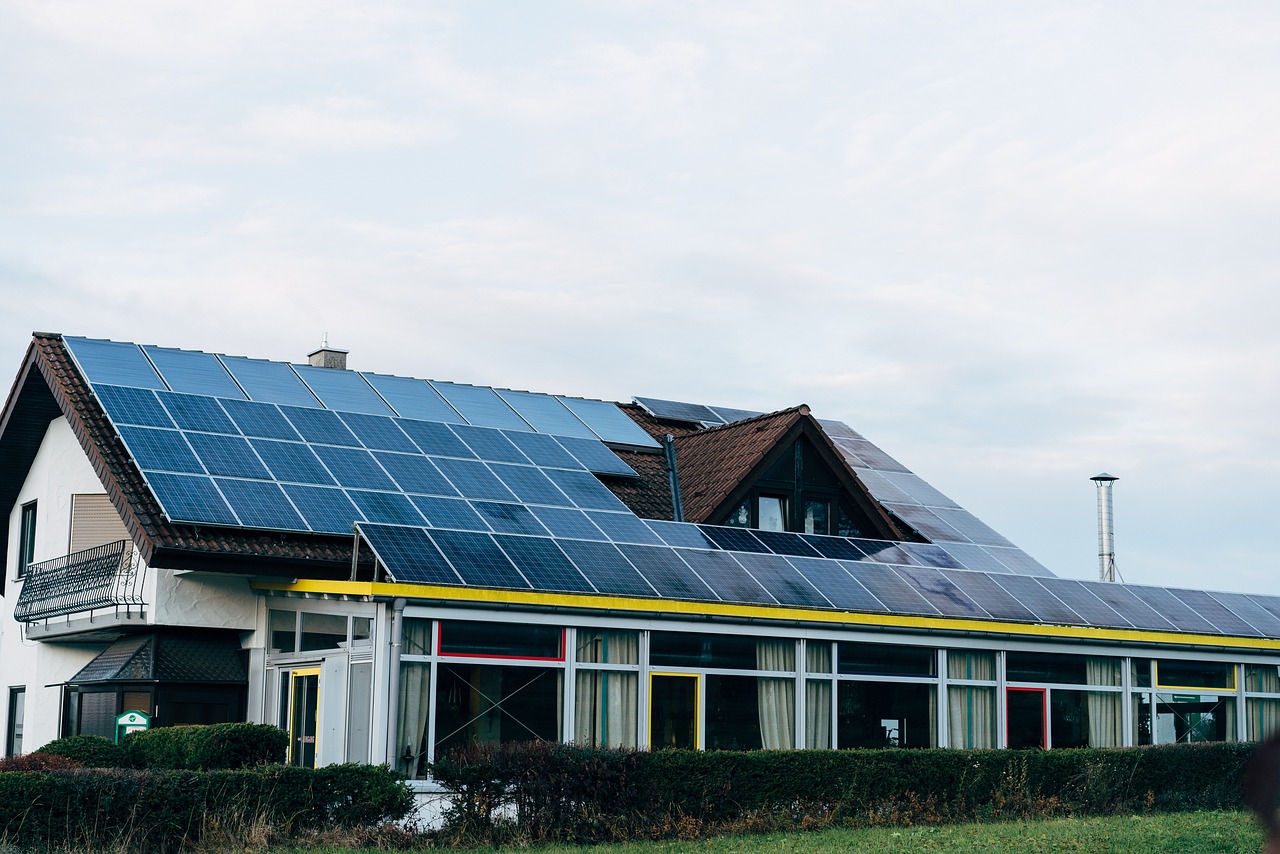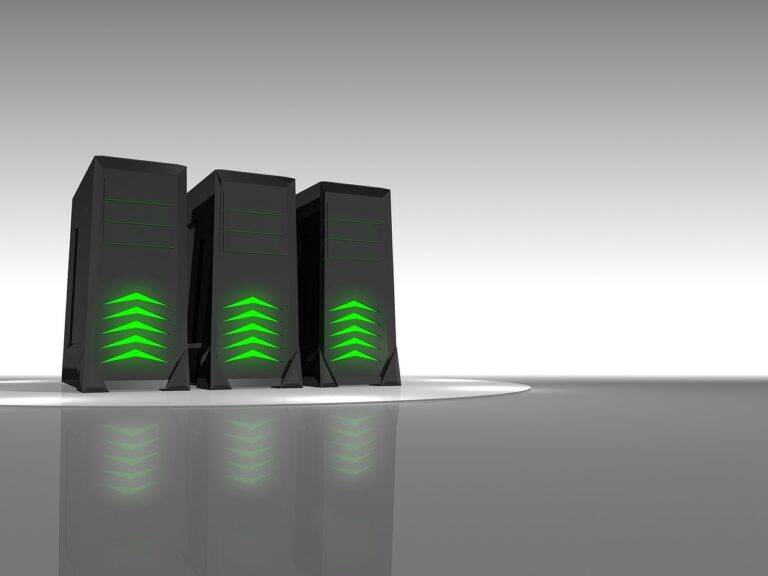Sustainable Tech: Advancements in Renewable Energy
Renewable energy refers to energy derived from natural resources that replenish themselves over time. These sources of energy are abundant and sustainable, making them attractive alternatives to traditional fossil fuels. The most common types of renewable energy include solar, wind, hydropower, geothermal, and biomass, each utilizing distinct methods to harness energy from natural elements such as sunlight, wind, water, heat, and organic matter.
Types of Renewable Energy Sources
Renewable energy sources are a vital component of transitioning towards a more sustainable future. Solar energy, harnessed from the sun’s rays through solar panels, is a widely utilized renewable energy source. It is abundant, clean, and versatile, making it a favored choice for powering homes, businesses, and even entire communities.
Wind energy, derived from the power of wind turbines, is another prominent form of renewable energy. By harnessing the wind’s force, electricity is generated without emitting greenhouse gases or pollutants into the atmosphere. Wind energy is rapidly expanding globally, offering a reliable and environmentally friendly alternative to traditional fossil fuel-based power generation.
What is renewable energy?
Renewable energy is energy that is collected from resources that are naturally replenished, such as sunlight, wind, rain, tides, waves, and geothermal heat.
What are the benefits of using renewable energy sources?
Renewable energy sources are sustainable, reduce greenhouse gas emissions, lower our dependence on fossil fuels, and have minimal environmental impact compared to non-renewable sources.
What are the different types of renewable energy sources?
The main types of renewable energy sources include solar power, wind power, hydroelectric power, geothermal energy, and biomass energy.
How does solar power work?
Solar power works by converting sunlight into electricity using photovoltaic cells, which capture the energy from the sun and convert it into usable electricity.
What is wind power and how does it work?
Wind power is generated by harnessing the kinetic energy of the wind using wind turbines, which spin and generate electricity that can be used to power homes and businesses.
How is hydroelectric power generated?
Hydroelectric power is generated by harnessing the energy of moving water, such as rivers or waterfalls, to turn turbines and generate electricity.
What is geothermal energy and how is it produced?
Geothermal energy is produced by harnessing the heat from the Earth’s core, usually in the form of steam or hot water, to generate electricity and heat buildings.
What is biomass energy and how is it used?
Biomass energy is produced by burning organic materials, such as wood, agricultural waste, or animal dung, to generate heat and electricity. It is a renewable energy source because the organic materials can be replenished.





